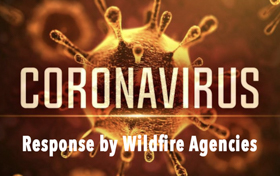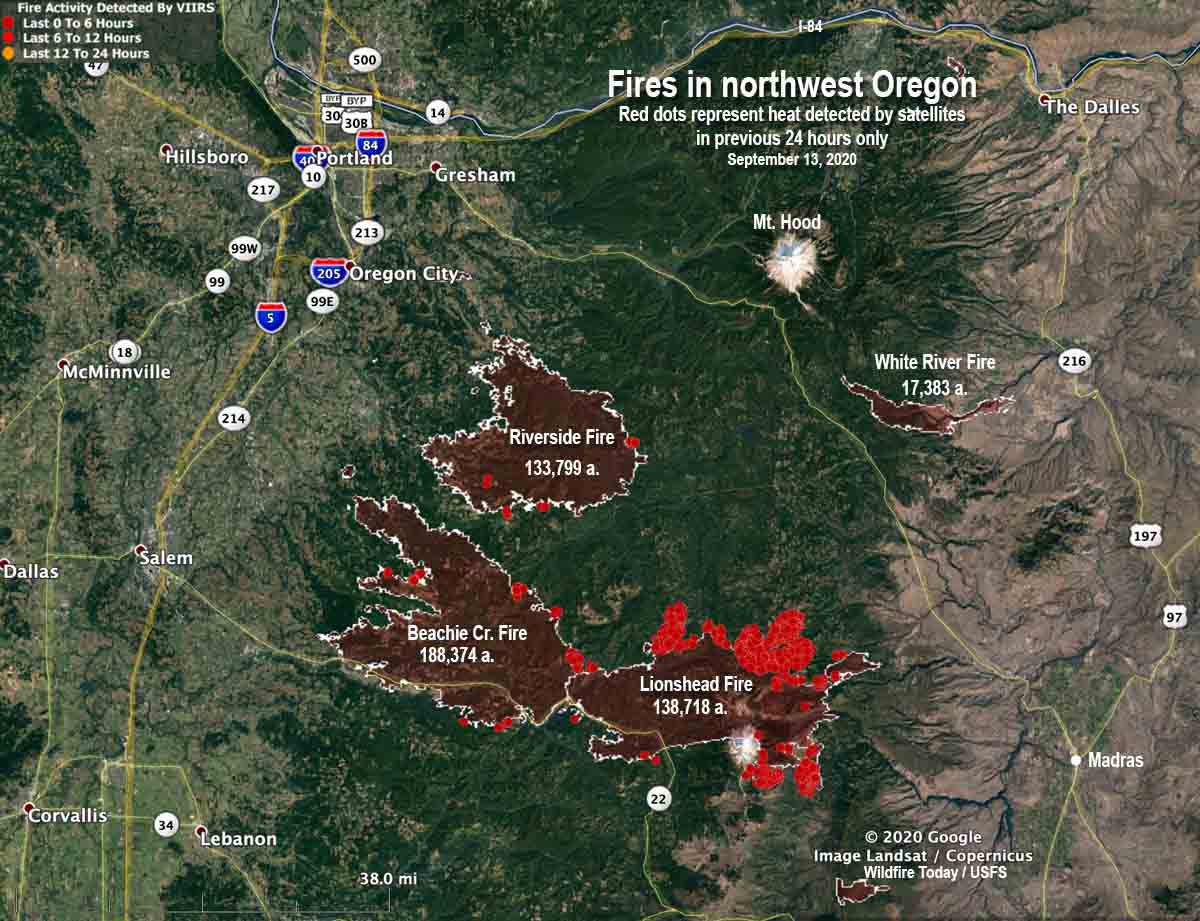
The U.S. Forest Service and the four land management agencies in the Department of the Interior have refused to disclose how many of their firefighting personnel have been hospitalized due to the coronavirus.
To their credit, the FS has provided the numbers that have tested positive throughout 2020, and as recently as January 19 spokesperson Stanton Florea told Wildfire Today that since the pandemic started 642 have tested positive. Of those, 569 have recovered, Mr. Florea said, but 74 have not yet fully recovered or returned to work as of January 19. But he said they did not know how many had been hospitalized.
I attempted to obtain similar information from the Department of the Interior, but after several days of delays, receiving no data, and the request being elevated to higher levels, spokesperson Richard Parker wrote in an email, “We respectfully decline to comment further on this topic at this time.”
Four land management agencies in the DOI employ fire personnel, Bureau of Land Management, Bureau of Indian Affairs, Fish & Wildlife Service, and National Park Service.
There is no legitimate reason for the DOI or the Forest Service to be secretive about the effects of the pandemic on their firefighting personnel. If they refuse to say how many have been sickened by the coronavirus because of their jobs, what’s next? Will they cover up other injuries and fatalities, such as tree strikes, vehicle accidents or rollovers, broken femurs, concussions from rolling rocks? Will the Wildland Fire Lessons Learned Center have to stop issuing reports about accidents which can provide learning opportunities? Or have they already?
The Health Insurance Portability and Accountability Act (HIPAA) does not prevent the agencies from releasing anonymized summary data that does not identify individuals. For example, anyone can go to the Centers for Disease Control website and get COVID statistics at the county level. Numbers available on a day by day chart include cases, deaths, percent positivity, and new hospital admissions (COVID). Below are the stats for Clay County, South Dakota which has fewer residents, 13,864, than there are wildland firefighters in the federal agencies. This does not invade anyone’s privacy or violate HIPPA.

It is not asking too much for the agencies that employ around 15,000 firefighters to maintain and release the same information available for Clay County residents, few of whom are serving their country battling wildfires in a job that was already dangerous before the pandemic.
Refusing to disclose the number of infected or hospitalized fire personnel prevents these tactical athletes from making an assessment of the degree of additional risk they are in. Providing this life and death data is the least we can do to help fire personnel make decisions about risking their health … or not.
It is immoral and unethical to keep this information secret.
The upper levels of the BLM have been in turmoil for the last two years. During the entire Trump administration no BLM Director was confirmed, and 200 Washington office employees were told their jobs were being moved thousands of miles away to western states. The term “hollowed-out” has been used to describe the management of the agency. And in the Department of Agriculture, 250 researchers in Washington quit after being faced with forced relocations according to Propublica.
Maybe under the new administration the cloud of secrecy over the effects of the coronavirus on forestry and range technicians will be lifted and transparency will become more normal.
The article was edited to indicate that the 250 researchers who quit, according to Propublica, were within the Department of Agriculture, not necessarily with the Forest Service (which is in the Department Agriculture).





